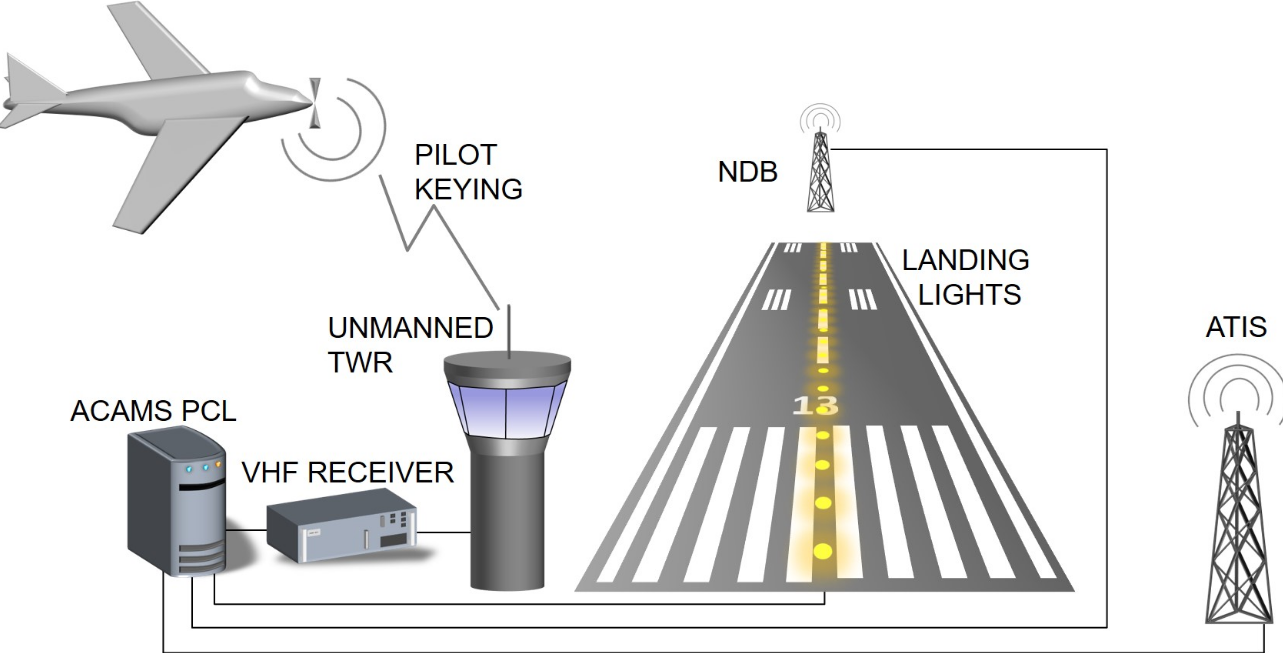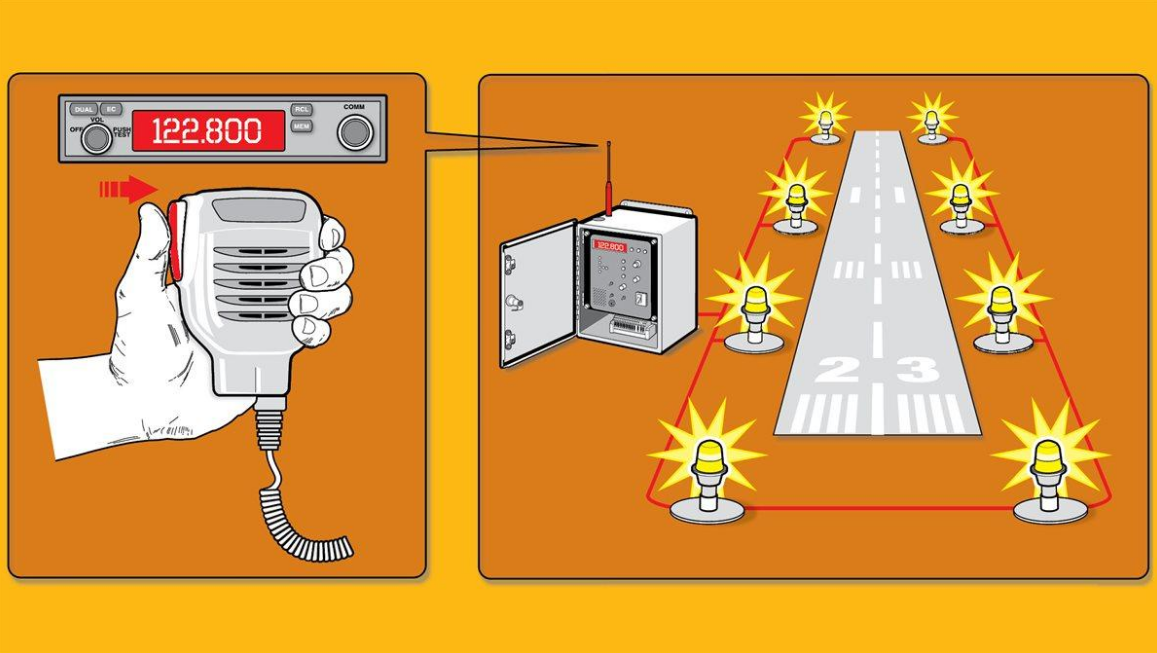Lighting plays a critical role in ensuring safe and efficient flight operations. And with the development of Pilot Activated Lighting Control (PALC) systems, pilots can now have greater control over the lighting at their disposal. This article will explore how PALC improves flight safety and efficiency.
- PALC is a system that allows pilots to activate and deactivate runway lights, taxiway lights, and approach lights in an airport by communicating with a remote control tower.
- Essentially, it puts control of the lighting system in the hands of those who benefit most from its use: pilots.
Increased Safety
The primary goal of PALC is to improve flight safety. By giving pilots control over the lighting system, they can quickly illuminate the runway, taxiway, or approach lighting to ensure they can safely land or take off, even in poor weather or visibility conditions. This system allows pilots to focus on the task at hand, knowing they can get the lighting they need when they need it.
- Additionally, PALC helps prevent the possibility of confusion that may occur due to miscommunication between ground crews and pilots.
- For example, requesting a change in lighting conditions via voice communication may result in confusion, which could potentially cause accidents.
- PALC eradicates this risk by reducing the chances of miscommunication between pilots and ground controllers.

Lower Costs
Pilot Activated Lightening also helps lower operational costs. By allowing pilots to only activate the lighting system when required, energy consumption and maintenance needs are reduced, reducing utility costs. The system can also help airports in areas where energy prices are high to adjust the timing of the lighting to save on energy costs, all while still maintaining safety.
Better Energy Efficiency
As pilot-activated lighting control only illuminates areas when needed, it reduces energy consumption and helps conserve resources. This is due to PALC advancing energy efficiency in two ways: first, by reducing energy consumption by only turning the lights on when required, and second, by using LED bulbs to enhance energy efficiency and illumination.
Increased Efficiency
It improves efficiencies by streamlining the lighting process and reducing wait time for pilots and ground controllers. Traditionally, pilots had to rely on ground controllers to have the runway lights turned on or off, leading to longer wait times, which could cause delays. Using PALC, pilots can turn on the lights without delay, reducing waiting times and improving turnaround times.
Conclusion
Pilot Activated Lighting Control provides numerous benefits to airports, airlines, and pilots by increasing flight safety, improving energy efficiency, reducing costs, providing increased control during flight operations, and increasing overall efficiencies.

